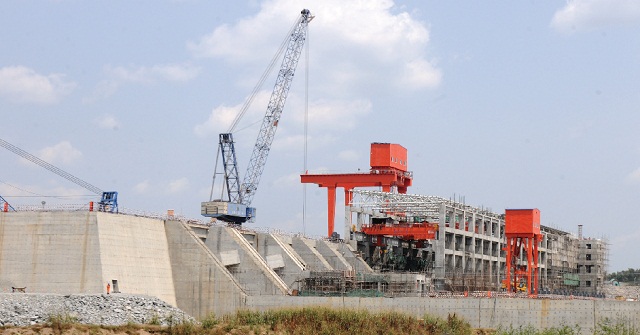
Under this arrangement, the government would pay for all the generation capacity of the dams. This means all the 250 MW from Bujagali, plus Karuma and Isimba 783 MWs.
But UEDCL might not be as lucky as UEGCL because officials at Finance, it appears, are not overly enthusiastic about the proposal that involves government raising more money – through borrowing. They are more inclined to support the option in which Umeme invests its own money and carries on the status quo.
Finance officials point out that these dams have been constructed using borrowed money—over $2billion from China’s Exim Bank, which needs to be paid back before more debt is pumped into the sector. That is why focus is more on ensuring government or specifically, UEGCL, pays back by being able to sell the power.
For that to happen, the distribution network needs to be overhauled but not by accumulating more debt, officials say.
As the jostling continues, insiders say Museveni has added his voice to these discussions – in support of Umeme.
In mid-December at a meeting with investors and government officials, Museveni reportedly urged authorities involved to fast-track the renewal of Umeme’s concession.
Despite Museveni’s green light, however, Umeme must wait until negotiations are concluded amongst the distributor and officials at the Energy Ministry, the UEDCL, Electricity Regulatory Authority and Finance Ministry.
At the heart of these negotiations are the two sticking issues—how to raise some $ 3 billion required for investment in distribution and how to review terms of major players in the power sector including Umeme in order to bring down the costs of power.
Even as these discussions go on, insiders say, Umeme appears to have an upper hand. For one, it already operates the concession, is increasingly seen as a Ugandan company—the NSSF is the majority shareholder with 23 percent shares.
But mostly, the company is seen as the government’s best bet as far as raising billions of dollars required to be invested into the distribution network, badly needed ahead of the commissioning of new power plants that are expected to more than double Uganda’s generation capacity.
Impressive numbers
At the moment, the country’s electricity installed capacity stands at about 850MW, with Bujagali Energy Limited alone generating 250MW and the rest by Kiira, Nalubale and other small power stations. An additional 718 MWs stands to bring the total to 1468 MWs.
Umeme projects that in 2018, the demand will be 877MW and will have hit 1, 364MW by 2021.
On its part, government projects that new demand from projects like the Standard Gauge Railway, Namanve Industrial Park, the mining sector among others, could come up to 1, 630MW. This would be in addition to existing demand, which is easily about 2, 500MW.
Although some remain skeptical about the numbers, insiders say, jostling for the distribution deal shows how lucrative the sector is becoming.
Umeme today also appears more confident and is fronting its performance as it garners for a renewal. As of last year, the company had increased connections to 1, 064,547, reduced energy losses to 17.5 per cent and increased collections to 99.9 per cent.
The only huddle for Umeme appears to be Museveni’s determination to reduce the cost of electricity for consumers. Museveni already has been firmly pushing for cuts from Umeme on Bujagali power and is unlikely to be swayed.
He has directed officials at Finance to negotiate with lenders of Bujagali investors to extend the loan repayment period and a tax waiver as a measure to bring down the cost of electricity.
Museveni, according to sources, wants the US$900 million loan facility, which was to be paid by 2023, to be extended by 15 years. He has also offered a tax waiver over the same period if the tariffs come down.
On Umeme’s part, President Museveni and his technocrats at Finance want Umeme to cut Return on Investment (ROI) from 20 to 12 percent. Umeme has been pushing to keep it at least 15 percent, insiders say. They believe the two parties might settle for a middle point.
Those against the 20 percent ROI say it was premised on the risk profile of the country in 2005, which has since changed.
“We are saying that Uganda is less riskier,” an official at Finance told The Independent.
 The Independent Uganda: You get the Truth we Pay the Price
The Independent Uganda: You get the Truth we Pay the Price



